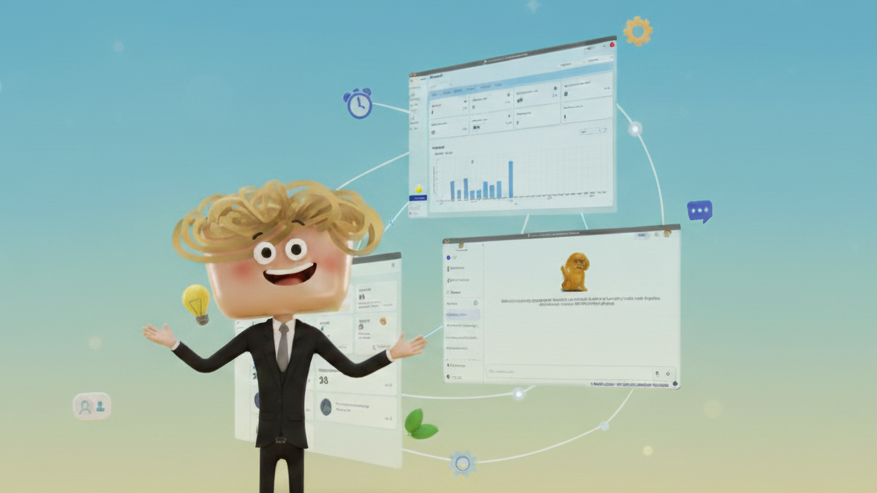
Move Beyond Slides: 3 Ways to Make Students Think Deeper with AI This Term
Jul 09, 2025The first weeks back are always a blur — new timetables, new faces, and the race to cover your syllabus. But even with the scramble, there’s a bigger question that matters more:
👉 Are your students really thinking, or just writing down what’s on the slides?
With a few simple tweaks, AI can help you shift from passive note-taking to lessons where students have to question, explain, and challenge ideas on the spot.
Let AI play the devil’s advocate
Most classrooms lean toward agreement. It feels safer to nod along. But real reasoning shines when students have to defend their ideas against pushback.
With Noodle Factory’s role-play feature, you can set up your AI tutor to automatically take on the role of a contrarian. The AI challenges students’ conclusions, pokes holes in their data, or argues the opposite side of their claim — all in a private, low-stakes chat.
✅ Try prompts like:
-
“The AI disagrees with your conclusion. Convince it you’re right.”
-
“It thinks your data might be biased. How do you prove it isn’t?”
This tiny tweak teaches students to anticipate challenges and tighten up their logic — building habits that pay off long before exam time.
Make AI the “confused student”
It’s one thing to take notes. It’s another to explain a concept so clearly that even someone clueless gets it. That’s why teaching is often the best test of learning.
With Noodle Factory, you can guide your AI tutor to act like a curious student who’s still piecing things together. It can jump in with clarifying questions, press for simpler explanations, and question fuzzy statements — helping your students slow down and structure their thinking.
✅ Try prompts like:
-
“The AI is a student new to this topic. Explain it step by step so they understand.”
-
“The AI will interrupt if something doesn’t make sense — see if you can clear it up.”
Let AI be the hidden expert
Instead of students teaching or defending, turn them into investigators. Have the AI take on the role of an expert who knows more than it’s letting on. Students have to ask sharp, targeted questions to uncover what the AI is holding back.
✅ Try prompts like:
-
“The AI is an eyewitness to the event. Ask the right questions to figure out what really happened.”
-
“It ran the experiment but won’t tell you everything upfront. What can you ask to find out more?”
This turns a passive “read and recall” session into a lively investigation, building curiosity and probing skills.
It doesn’t take an overhaul to go deeper
These aren’t big lesson rewrites — they’re small shifts in how you guide your AI tutor. From contrarian to confused learner to guarded expert, each tiny tweak helps build habits of questioning, explaining, and exploring.
The kind of thinking that sticks long after the bell.
More ways to shake up your lessons — and what’s next
We kicked off our Back to School series last week with 3 simple ways to make lessons more interactive.
This week, we’re exploring how to set up your AI to take on roles that push reasoning even further.
And we’re not stopping there — on 16 July, we’ll dive in live with a short premiere all about using playful AI role-plays to build student confidence and curiosity from day one.
Save your spot for the premiere here — we’d love to have you join us.
👏 Here’s to a term where students don’t just take notes — they question, defend, and learn in ways that last.
<script src=https://www.noodlefactory.ai/forms/2149206672/embed.js></script>


